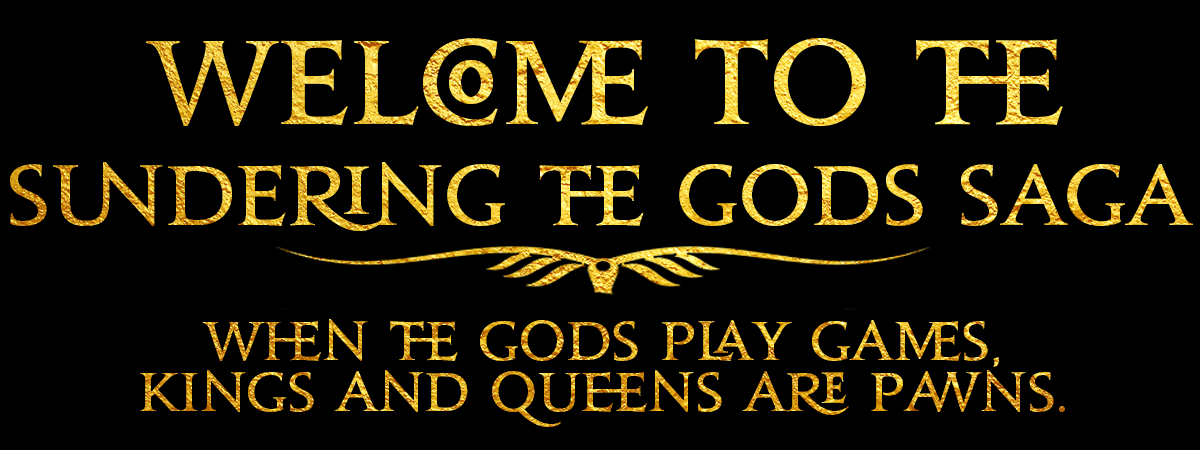Totohoku
Height: 6’3” (male) 6’0” (female)
Build: Lean
Hair: White, silver, sandy, blond
Eyes: Blue, green and often bicolored
Lifespan: 35-40
Decoration: Armbands of silver and gold are very popular amongst the general population and tattoos are common in the warrior class. The wealthy often imbed precious and semi-precious stones in their skin.
Weapon Preferences: Trident, spear, crossbow
Language: Totowon
Currency: Ûbokê, a gold coin said to be based on the value of 50 pounds of lîbeku, a staple fish of the region
Religion: The Four Dancers
Religious Tolerance: Welcoming
Skill Bonuses:
Very human-like from a distance, albeit a bit different proportionately with long limbs, the Totohoku are an amphibious people with gills who make their homes both on land and off the coast in underwater coral structures. A culture of fishermen and sea farmers the Totohoku are typically unaggressive, which is aided by their basic isolation from the world with mountains along their entire eastern border and an ocean to the west. Early in the F.E. They form into twelve small states up and down the coast and are ruled by kings and queens (mostly kings, being a matriarchal society) who oversee a caste structured society that consists of the Wûtcu (nobility), Jungfar (warrior), Yengwê (fishers), Îlolu (merchants), Cewelê (sea-farmer), Cetonu (dirt farmers and other common labor) and Restû (servants). Caste mobility is extremely limited but not unheard of, particularly in the case of heroic actions which may earn one’s entrance into the Jungfar, which in turn is the only (outside of extreme circumstances such as revolution) caste with a chance to earn its way into the Wûtcu.
The Totohoku religion is a variant of the Four Dancers as worshipped by the Lûxuns, wherein the Dancers are augmented by the Wûtcîkô Toko (loosely translated, the Noble Dragon) who is the most powerful servant of the Dancers. This is likely due to the Totohoku’s proximity to Mâûntoko (Dragon Isle). Most Totohoku will at some point in their lives make a pilgrimage to Mâûntoko to pay homage to the dragon who is the worldly servant of the Dancers. When on the island most people fish in order to offer the food to young dragons, while the wealthy simply make offerings of gold and gems next to the piles of food. No one knows for certain how appreciative the dragons are, but it is at least rare for a Totohoku to be eaten by one.
The Lûxuns and Totohoku are natural allies as they worship the same Pantheon, and therefore the Lûxuns never truly attempt to dominate their politics. Many Totohoku choose to join the Lûxuns on their voyages (which effectively takes them out of the caste system) and even end up living on the Sea Throne Islands under Lûxun rule.
While many peoples of the world are sporadically set upon by Refpopu (vicious sea creatures of unknown origin) the Totohoku are rather regularly attacked every few generations. One such attack in 762 F.E. nearly drives them into extinction. The Refpopu are bipedal and man-like, with a sack of skin on their chests that they can puff-out like a frog and hold it that way, creating a natural life-vest. In this way these creatures float across the oceans, attacking sea-side peoples without mercy, devouring them, and returning to the sea. After 762 the Totohoku beseech aid from the Lûxuns and for the next several hundred years Totohoku-Lûxun manned ships hunt the world’s oceans in an attempt to eradicate them.

